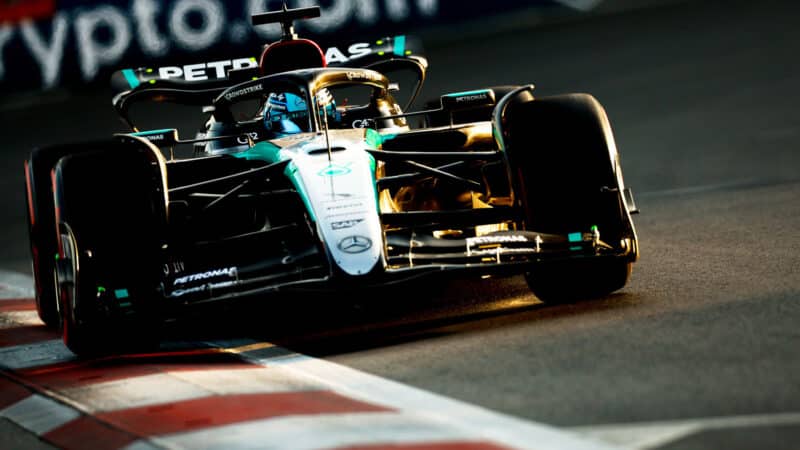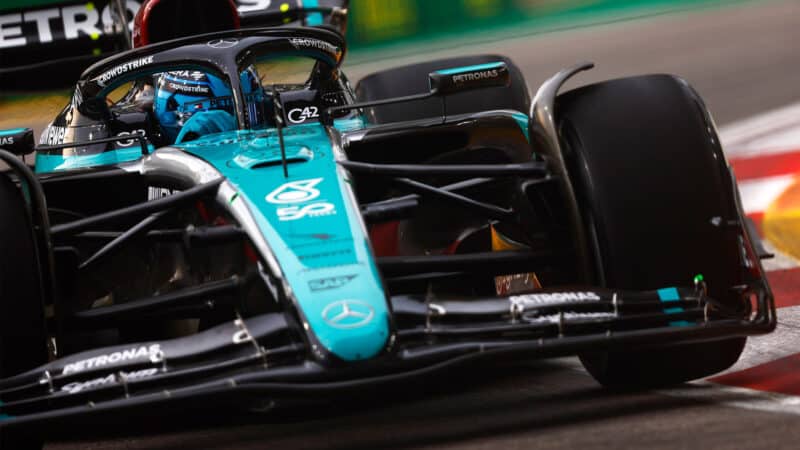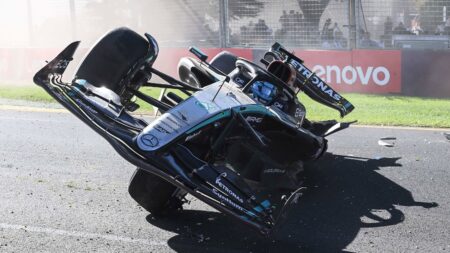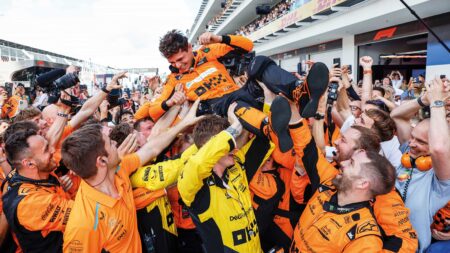Is it fair? The tyres are extremely sensitive to temperature, that much is true. The tyre’s temperature in turn is very sensitive to the car’s balance and like all tyres behaves in a non-linear way. One side of a threshold and it can be hopeless, the other side, great. When it’s near that threshold, a bit of cloud cover or just your placement in traffic on the preparation lap and therefore how well you are able to bring them in for qualifying can make the tyres and car behave totally differently.
Fernando Alonso, for one, does not believe the inconsistency stems from the tyres. “We tend to believe the tyres are all the same so we put the reason behind those ups and downs for us at Aston down to the car. To our car. 2mm of ride height here, two metres later braking there. These kind of things trigger a perfect storm to lose a lot of downforce. We trust the tyres are all the same.
“These cars aren’t easy to drive but I think the problem is to extract 100%. So if you drive at 90% sometimes you’re faster because you don’t put the aero platform in inconvenient angles or ride heights or you’re not pushing the limits. Everything falls apart when you’re at the limit and so sometimes driving at 90% is faster.
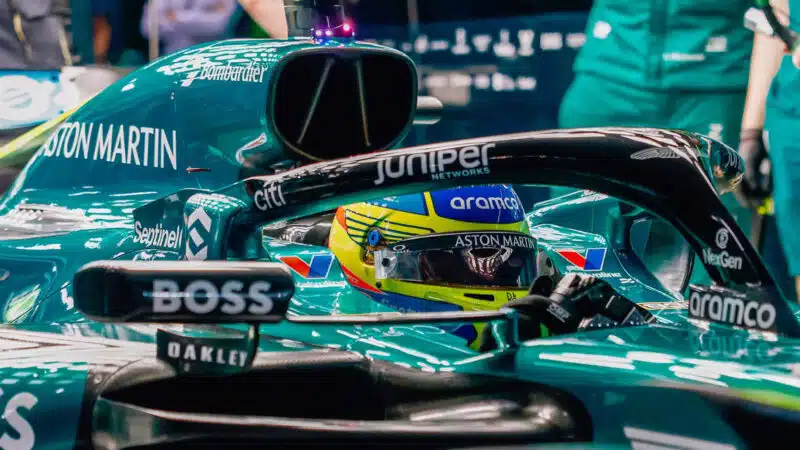
Alonso points out F1’s new counter-intuitive nature – he believes greater performance can be extracted by not pushing the car to the limit
Aston Martin
“It’s extremely difficult. We see it in the races sometimes, Baku was a very good example. I was P15 in Q1 with Lando’s problem. I could have easily been 16th and out of Q1. Seven minutes later I put on another set of tyres; I was P5 in Q2. I improved 1.1sec, I was driving the same, braking at the same points. It was the same preparation in the out-lap but I was able to improve 1.1sec and some others did the opposite. They were very fast in Q1, very slow in Q2. And sometimes we don’t find explanations of when we’re fast. When we’re slow and why. If you go into the details and unlimited number of sensors we have in the car. We can spot small differences when the car is slow, you put the car in different altitudes, car is maybe just not happy. That’s why sometimes in the races, we all drive 90%.”

